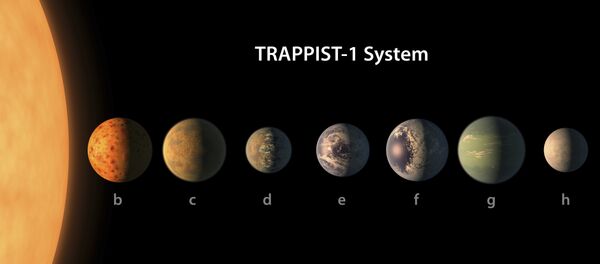The announcement was made during a briefing at the Ames Research Center in California’s Silicon Valley, as members of NASA’s Kepler program revealed the latest results of their planet-hunting effort.
According to the scientists, the most promising of the Earth-like exoplanet candidates appears to be KOI (Kepler Object of Interest) 7711 – a planet about 30 percent wider than Earth.
Susan Thompson of the SETI Institute pointed out however that while KOI-7711 appears to be "closest to the Earth" it terms of its size and its proximity to its star, it is still too early to tell "whether it’s really an Earth twin."
The Kepler team also made another discovery, as apparently all of the relatively small planets discovered by the space telescope can be divided into two distinct categories: rocky worlds up to 1.75-times larger than Earth and gaseous mini-Neptune planets.
Benjamin Fulton, a doctoral candidate at the University of Hawaii and the California Institute of Technology, described this discovery as “a major new division in the family tree of exoplanets, somewhat analogous to the discovery that mammals and lizards are separate branches on the tree of life.”
The Kepler space observatory was launched into orbit in 2009 as part of NASA’s Discovery Program. So far, the space telescope has discovered over 4,000 new exoplanet candidates, over half of which were later confirmed by follow-up observations.




